Architects Directory 2020: Lenschow & Pihlmann, Denmark
Ranging from student accommodation to private housing and Nordic cabins, the work of Danish practice Lenschow & Pihlmann is underlined by a subtle sophistication, in both forms and material, and rooted in the country’s traditions. Established by Kim Lenschow Andersen and Søren Thirup Pihlmann in 2015, this dynamic architecture firm is based in Copenhagen. Their newest single-family house on Fanø, an island in the Wadden Sea, was inspired by the area’s longhouses (a Danish residential typology hailing back to the Viking times) and features a distinctive, continuous clay tile roof.
Hampus Berndtson - Photography
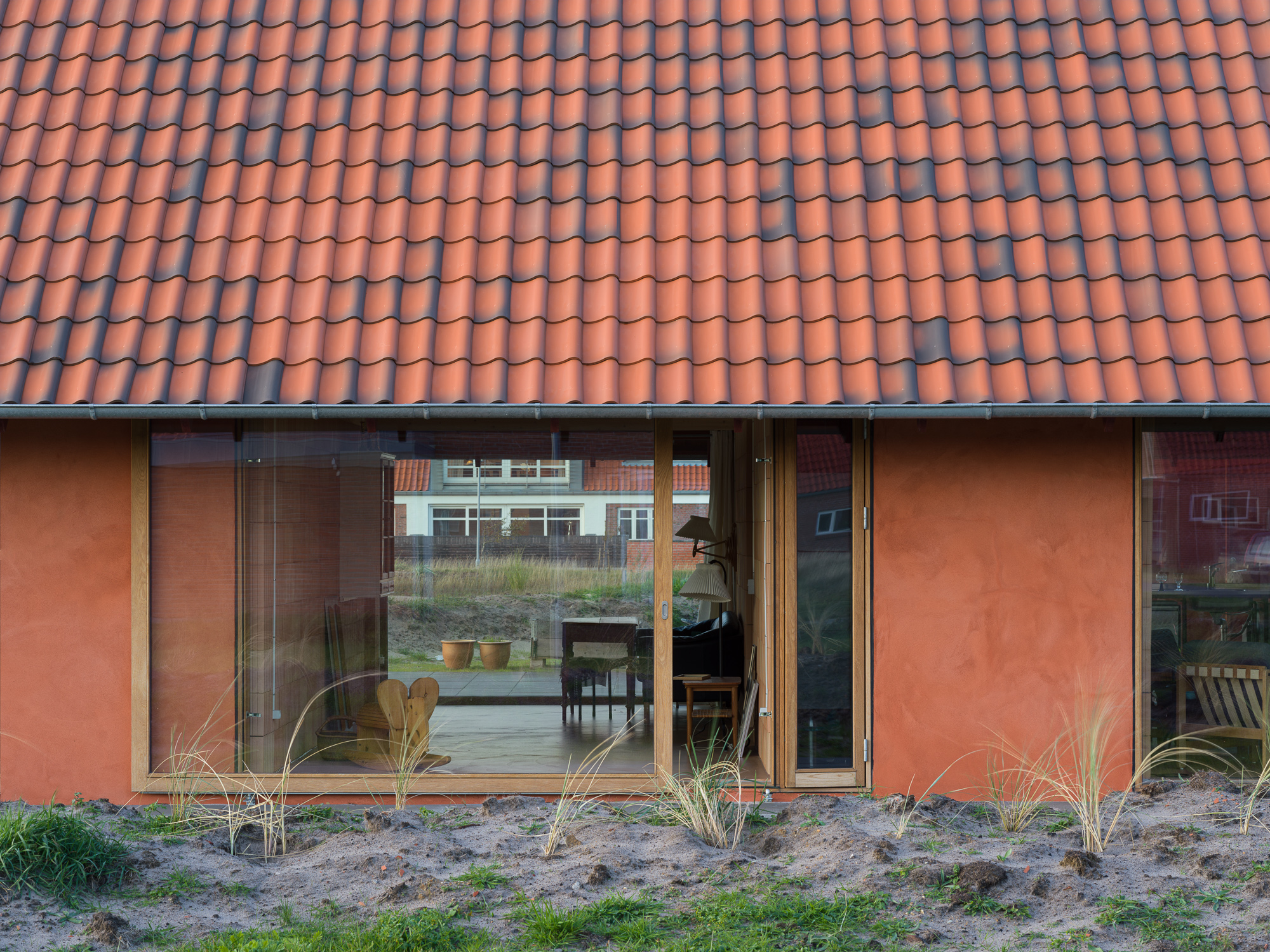
Danish longhouses have been around since the Viking times. This residential typology was, in its most common iterations, humble farmhouses built in timber and clay, centred around a fireplace, where families would congregate to prepare food and eat. The island of Fanø, in the Wadden Sea, now has a modern version of the traditional longhouse, courtesy of Copenhagen architecture firm Lenschow & Pihlmann.
The architects decided to work with the island's longhouse vernacular for their latest residential commission; yet giving it a contemporary twist. So, the new structure feels simple and robust, as those old houses would, and its simple, almost archetypal residential outline is long and low, featuring a continuous pitched roof. Inside, a large double height, open plan space with mezzanine forms the generous, main living areas, blending uses and daily activities.

MORE FROM WALLPAPER* ARCHITECTS DIRECTORY 2020
At the same time, the design is defined by a great level of refinement, made out of carefully picked, tactile surfaces in natural materials that help compose a soft, almost minimalist - yet not stark - setting. The exterior features clay tiles and warm terracotta tone render, and inside, bricks and joinery in various wood species create a cocooning environment. At the same time powder coated steel offers variety through a material accent in the kitchen.
Even though the firm's first project was not a house – it was a temporary pavilion, called the Orangery, on the grounds of the Gl. Holtegaard Art Gallery, say the architects - designing houses is very important for the young firm.
Creating a house is about ‘giving form to basic needs', say directors Kim Lenschow Andersen and Søren Thirup Pihlmann, ‘and doing it in a way that gives houses atmosphere and a character that derives from material and structure. We strive to change the common perception of existing typologies, construction methods or materials that we believe have qualities that are ignored.'
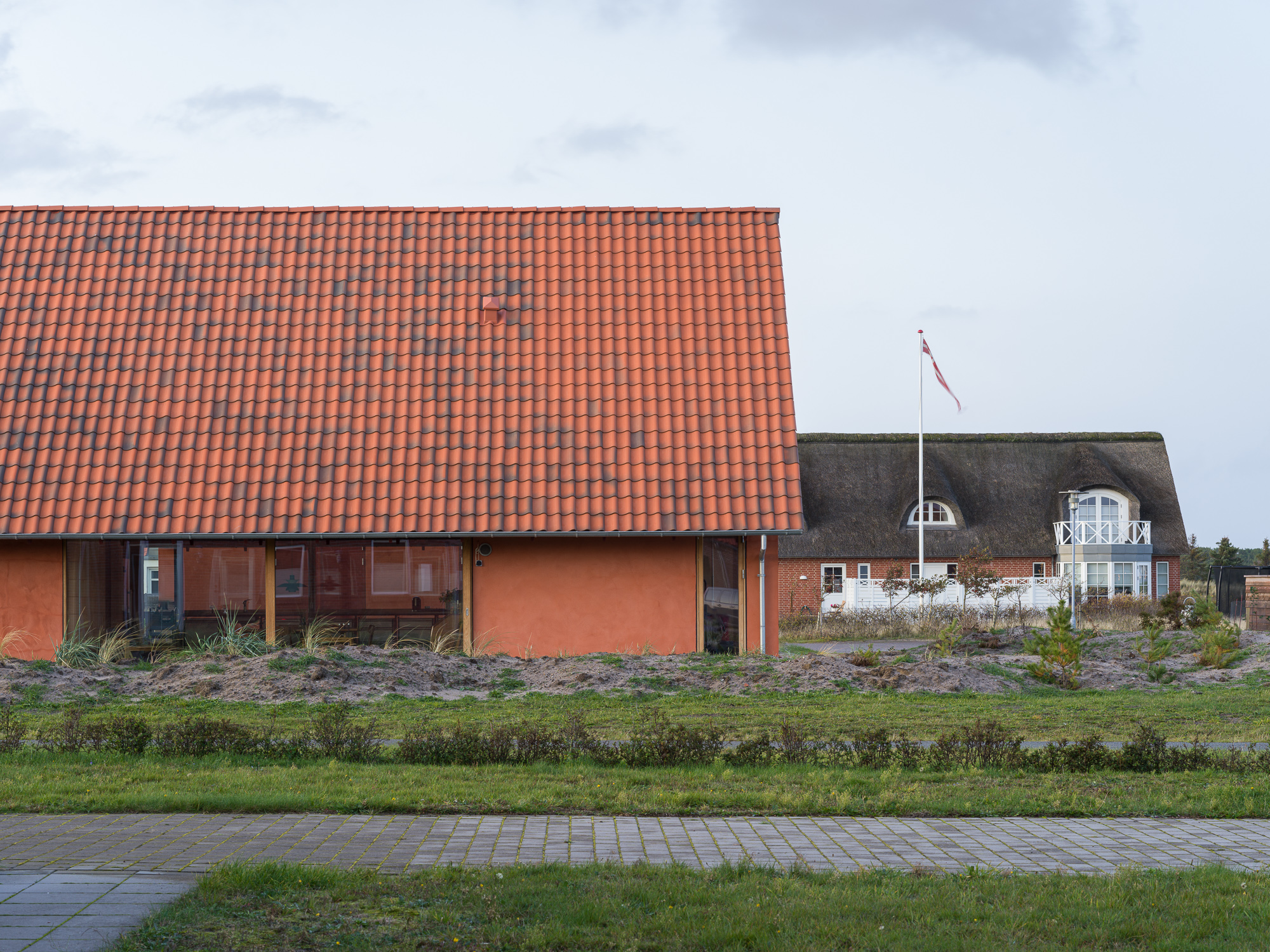
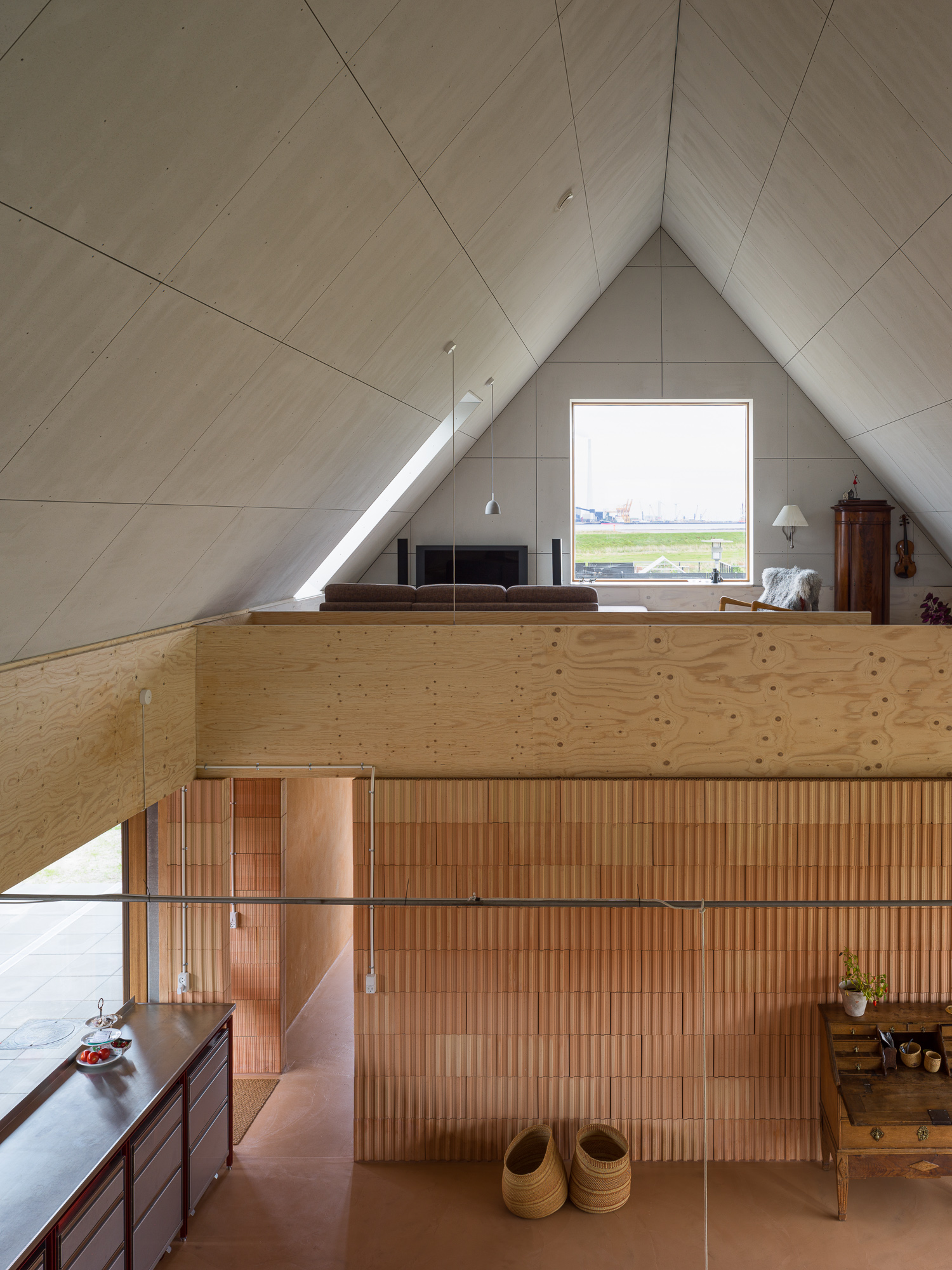
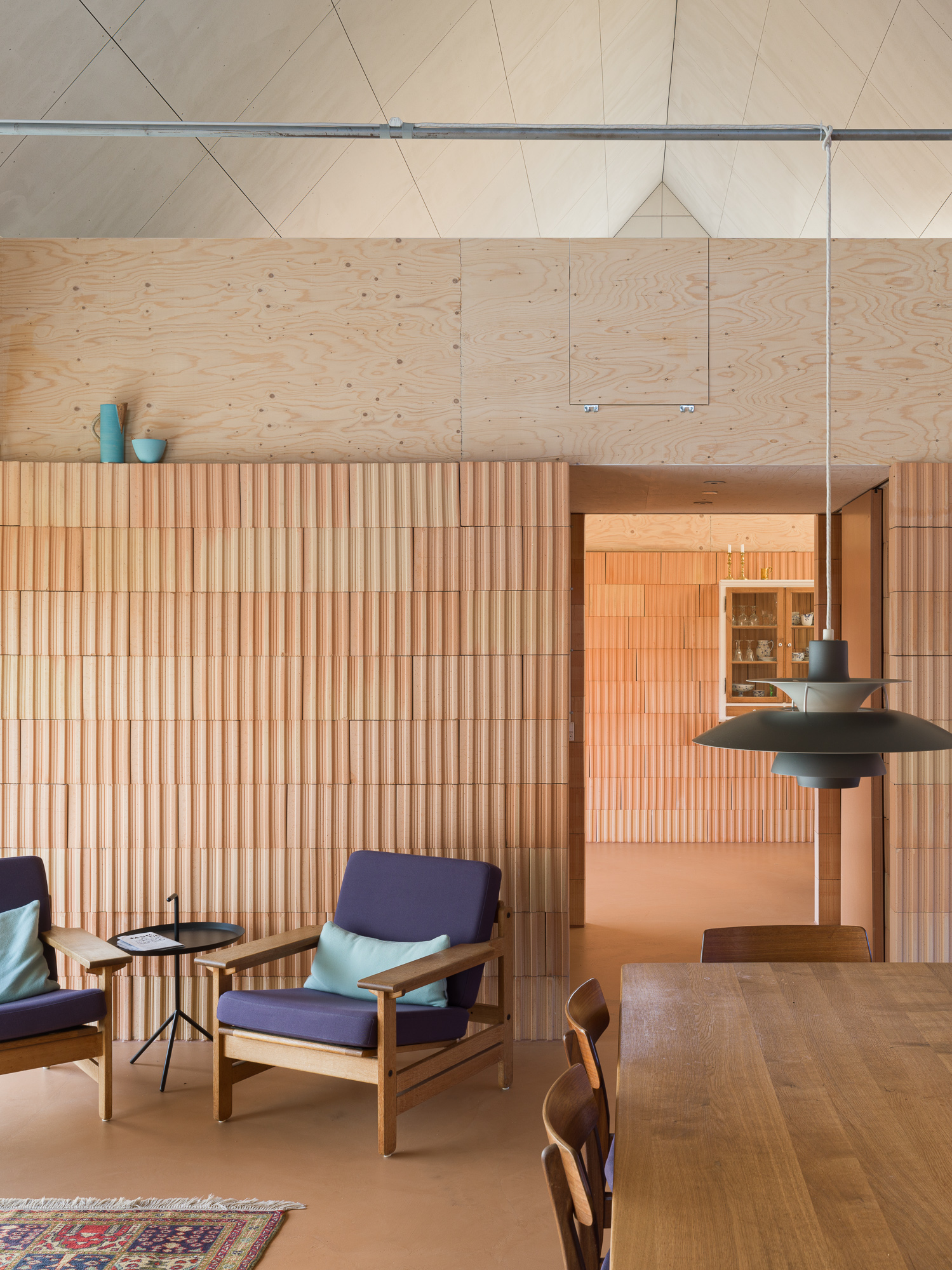
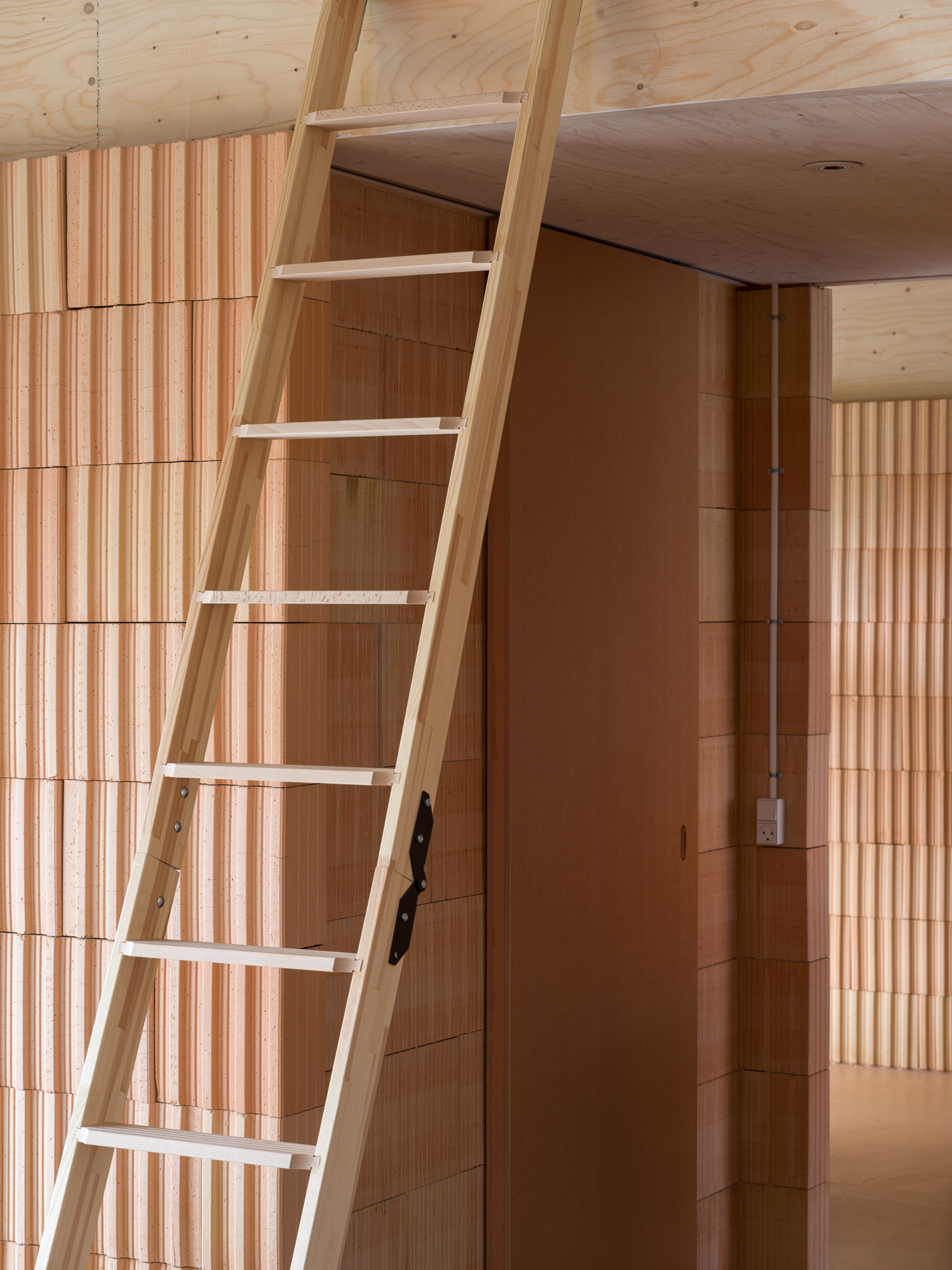
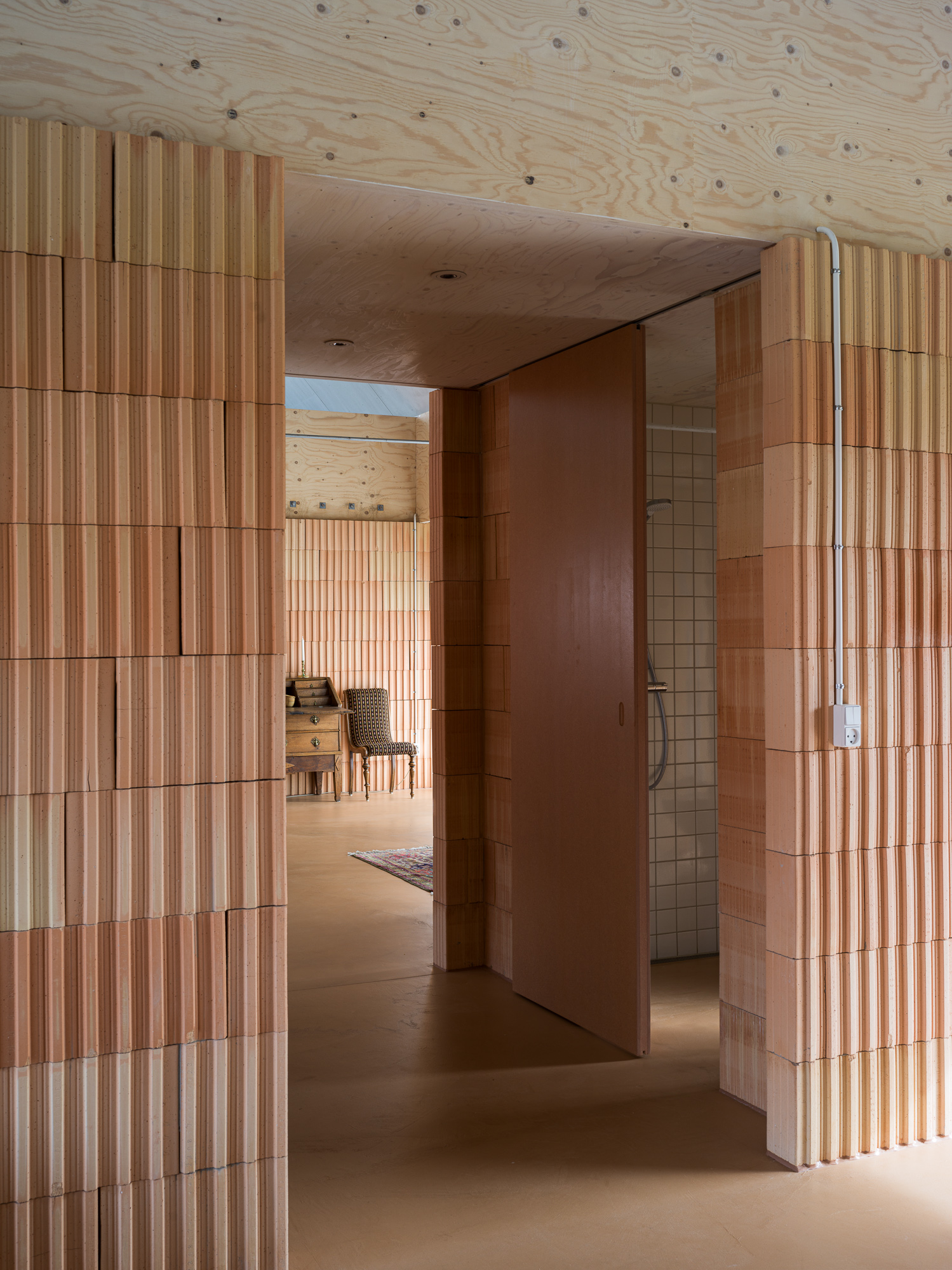
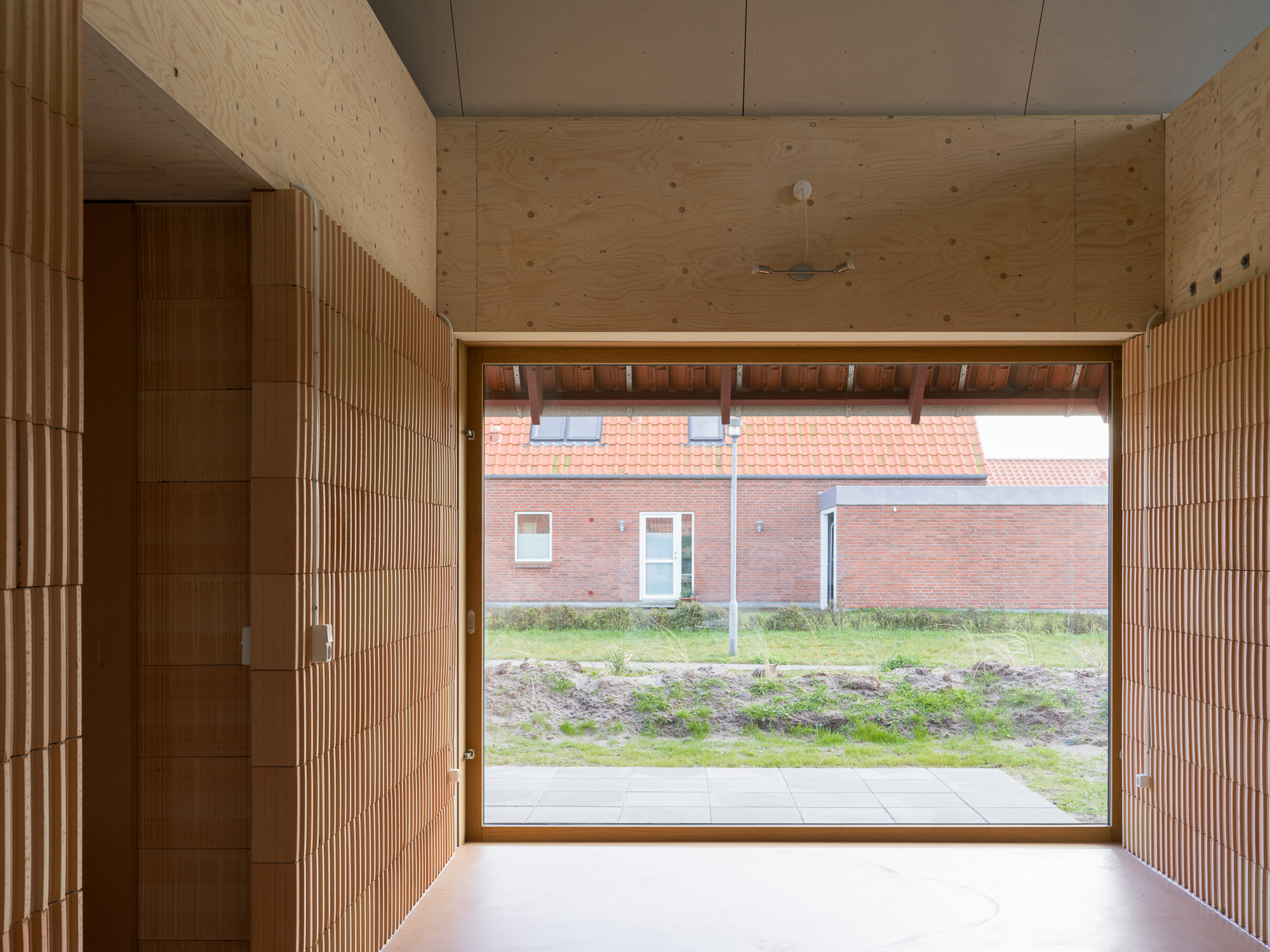
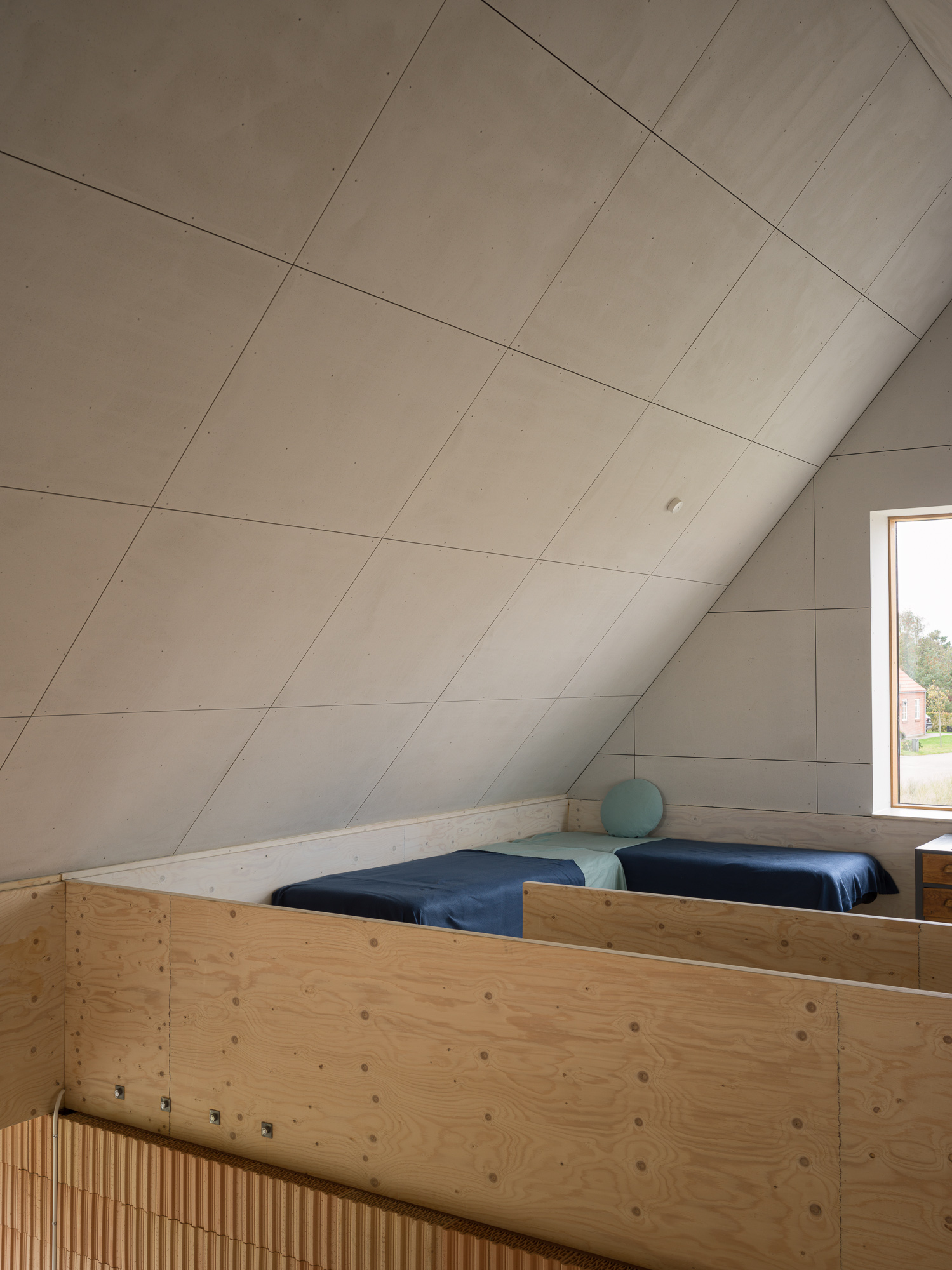
INFORMATION
Receive our daily digest of inspiration, escapism and design stories from around the world direct to your inbox.
Ellie Stathaki is the Architecture & Environment Director at Wallpaper*. She trained as an architect at the Aristotle University of Thessaloniki in Greece and studied architectural history at the Bartlett in London. Now an established journalist, she has been a member of the Wallpaper* team since 2006, visiting buildings across the globe and interviewing leading architects such as Tadao Ando and Rem Koolhaas. Ellie has also taken part in judging panels, moderated events, curated shows and contributed in books, such as The Contemporary House (Thames & Hudson, 2018), Glenn Sestig Architecture Diary (2020) and House London (2022).
-
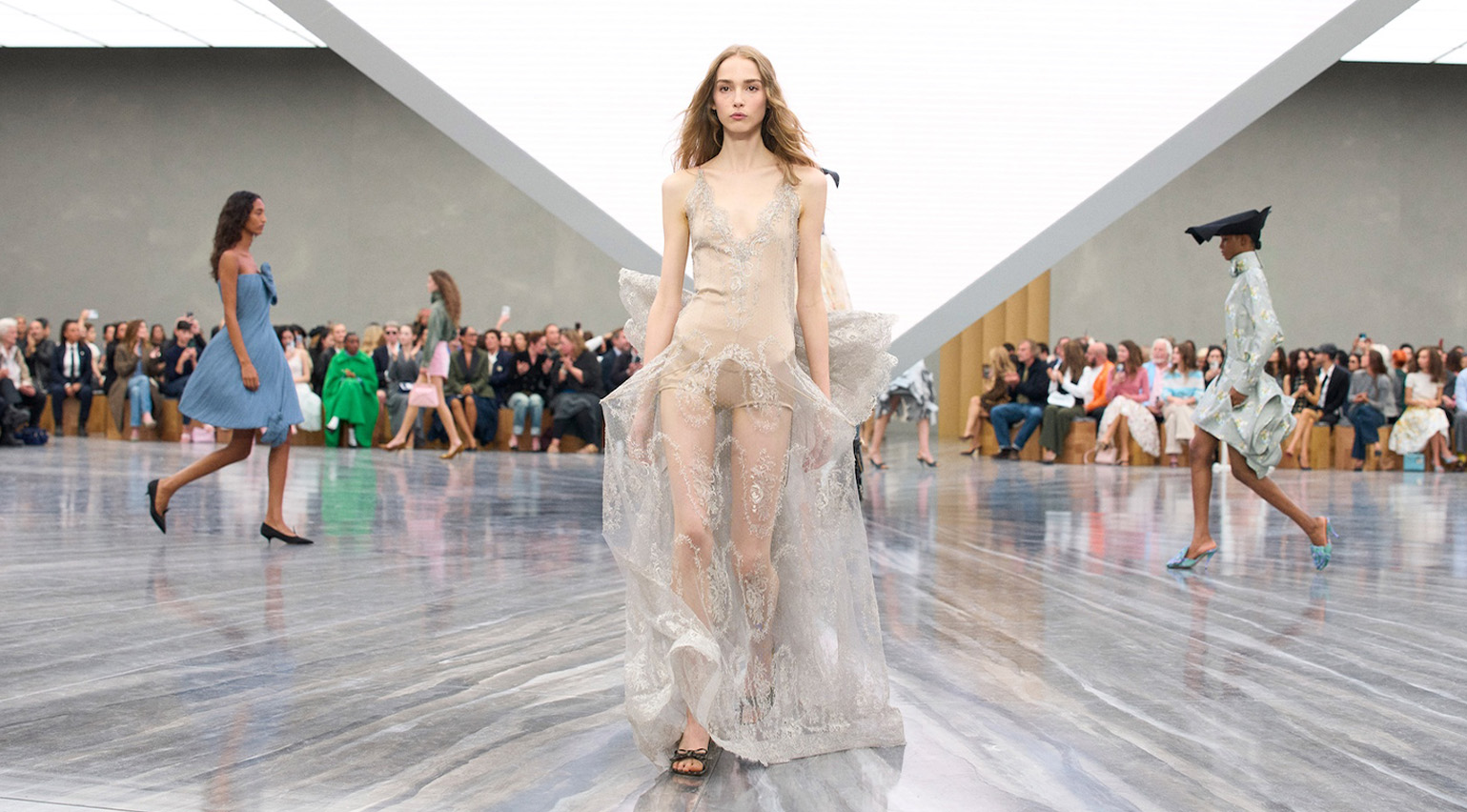 Everything to look forward to in fashion in 2026, from (even more) debuts to the biggest-ever Met Gala
Everything to look forward to in fashion in 2026, from (even more) debuts to the biggest-ever Met GalaWallpaper* looks forward to the next 12 months in fashion, which will see the dust begin to settle after a year of seismic change in 2025
-
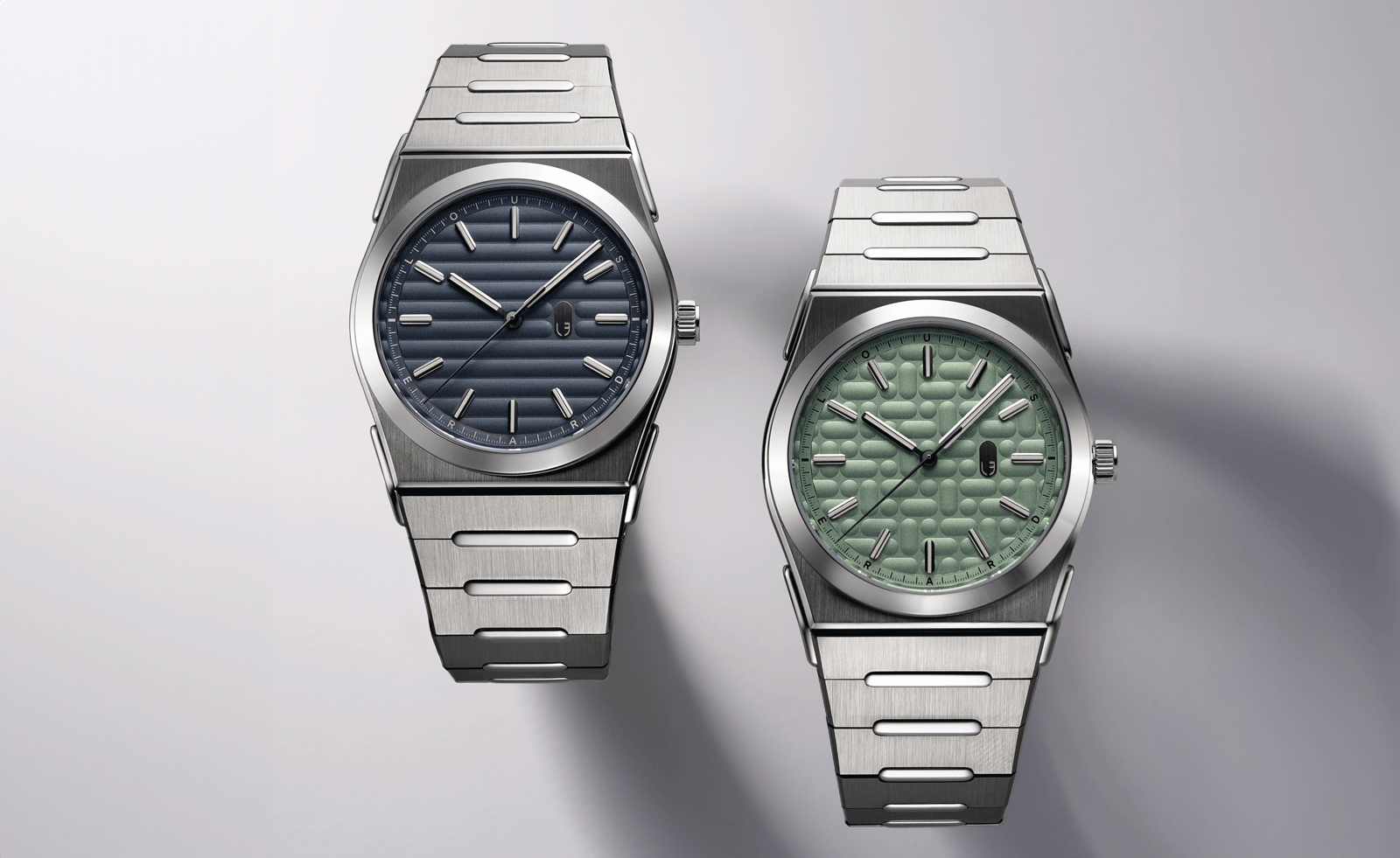 Five watch trends to look out for in 2026
Five watch trends to look out for in 2026From dial art to future-proofed 3D-printing, here are the watch trends we predict will be riding high in 2026
-
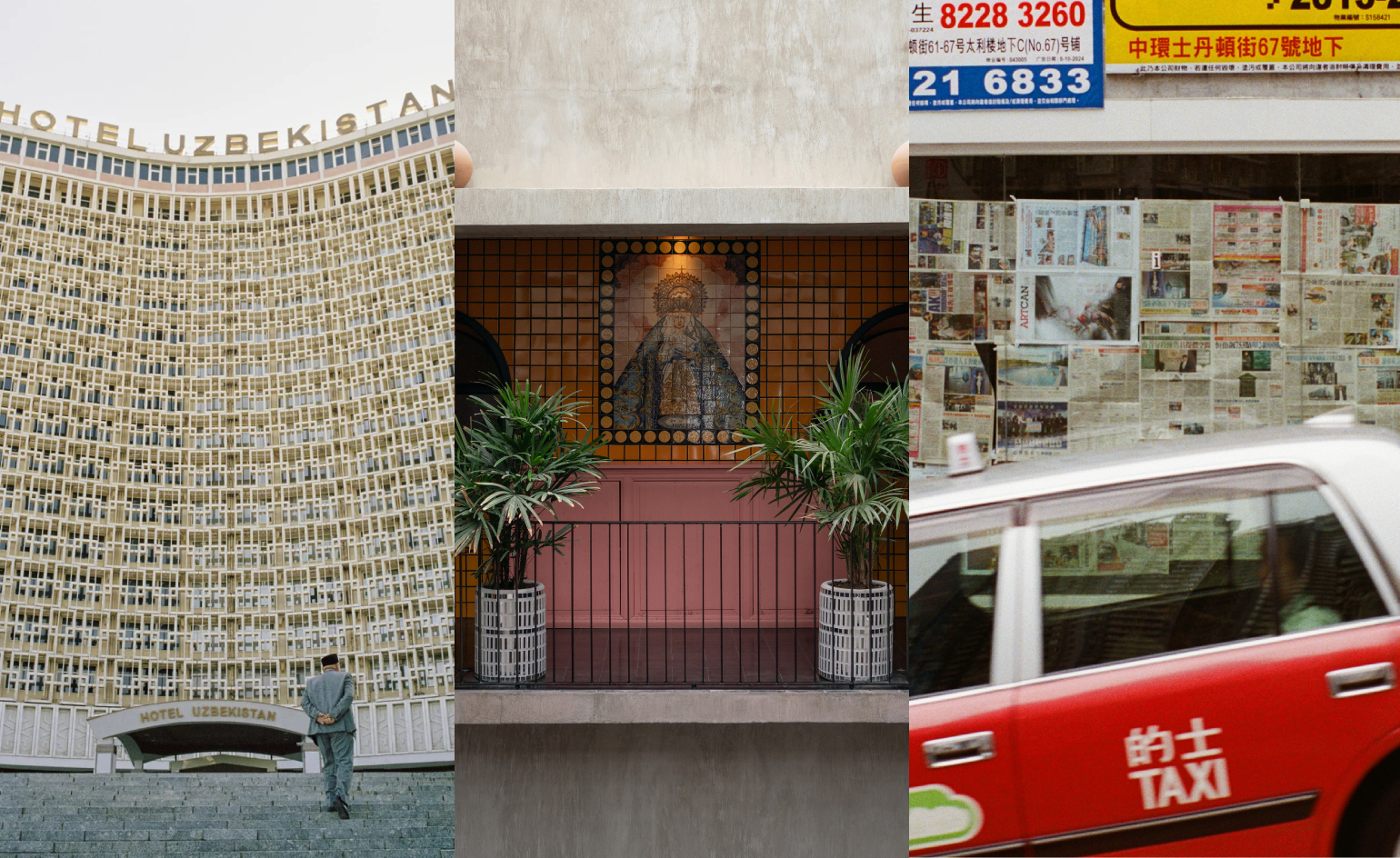 Five travel destinations to have on your radar in 2026
Five travel destinations to have on your radar in 2026The cultural heavyweights worth building an itinerary around as culture and creativity come together in powerful new ways
-
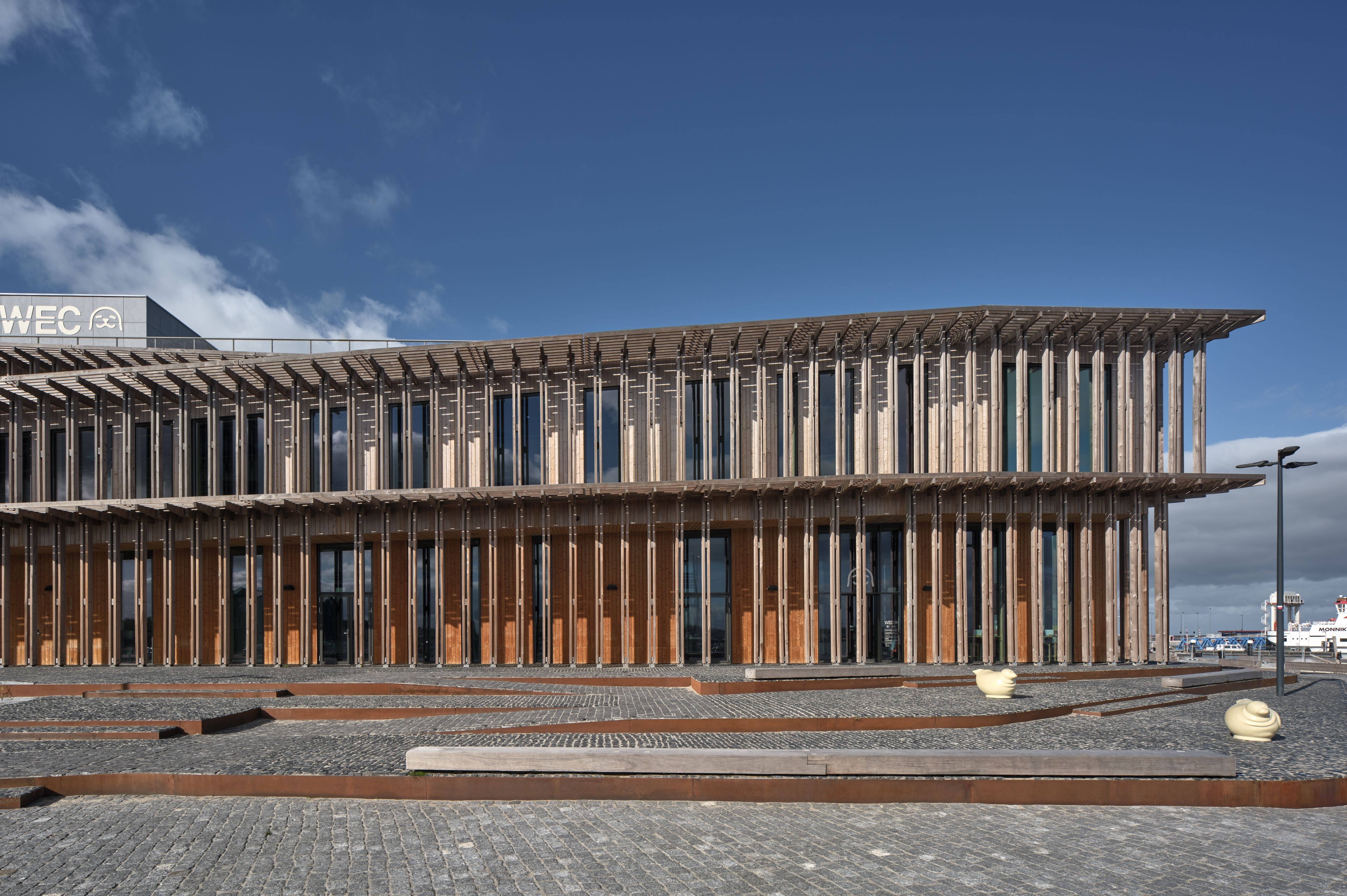 A Dutch visitor centre echoes the ‘rising and turning’ of the Wadden Sea
A Dutch visitor centre echoes the ‘rising and turning’ of the Wadden SeaThe second instalment in Dorte Mandrup’s Wadden Sea trilogy, this visitor centre and scientific hub draws inspiration from the endless cycle of the tide
-
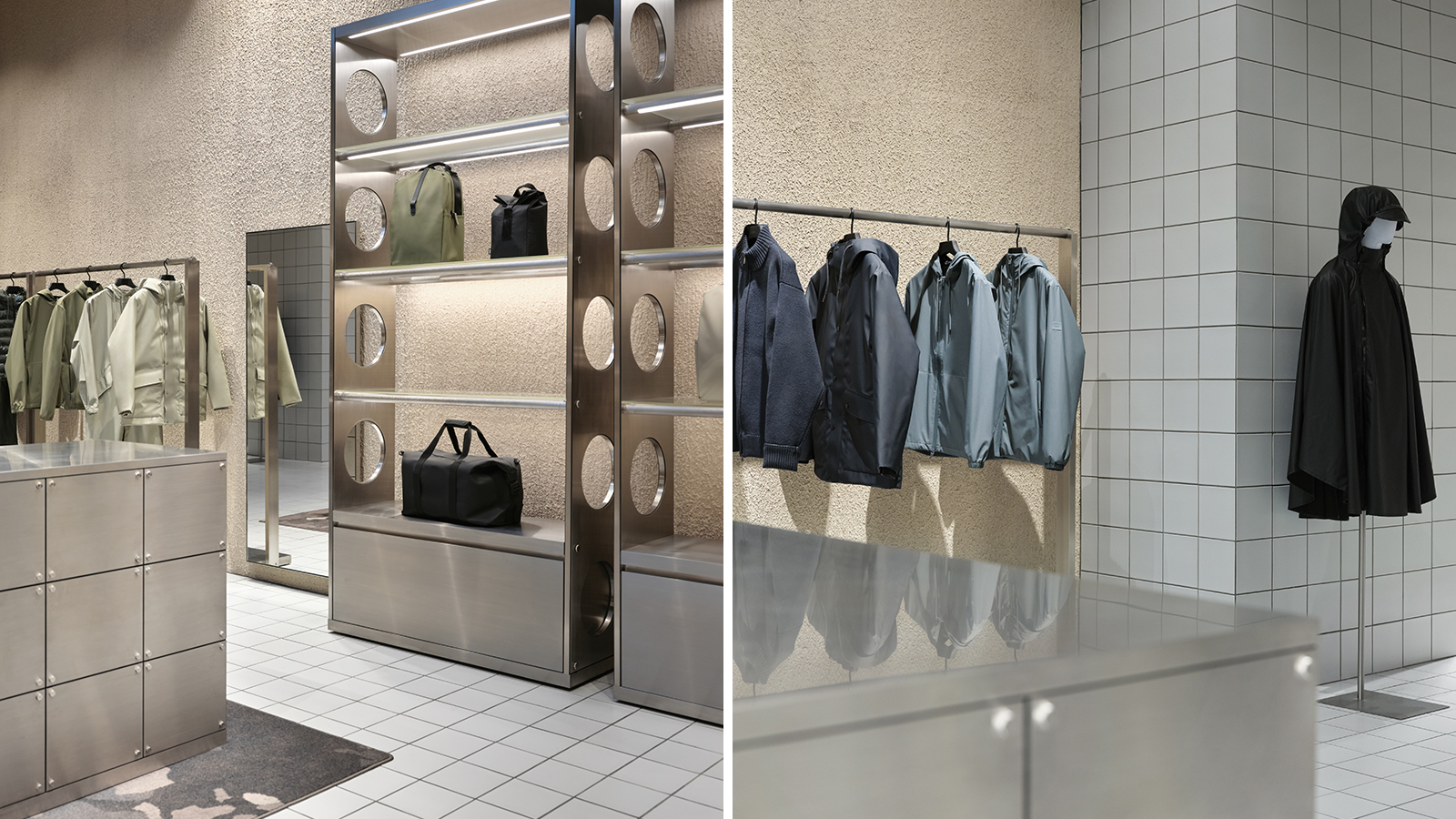 Rains Amsterdam is slick and cocooning – a ‘store of the future’
Rains Amsterdam is slick and cocooning – a ‘store of the future’Danish lifestyle brand Rains opens its first Amsterdam flagship, marking its refined approach with a fresh flagship interior designed by Stamuli
-
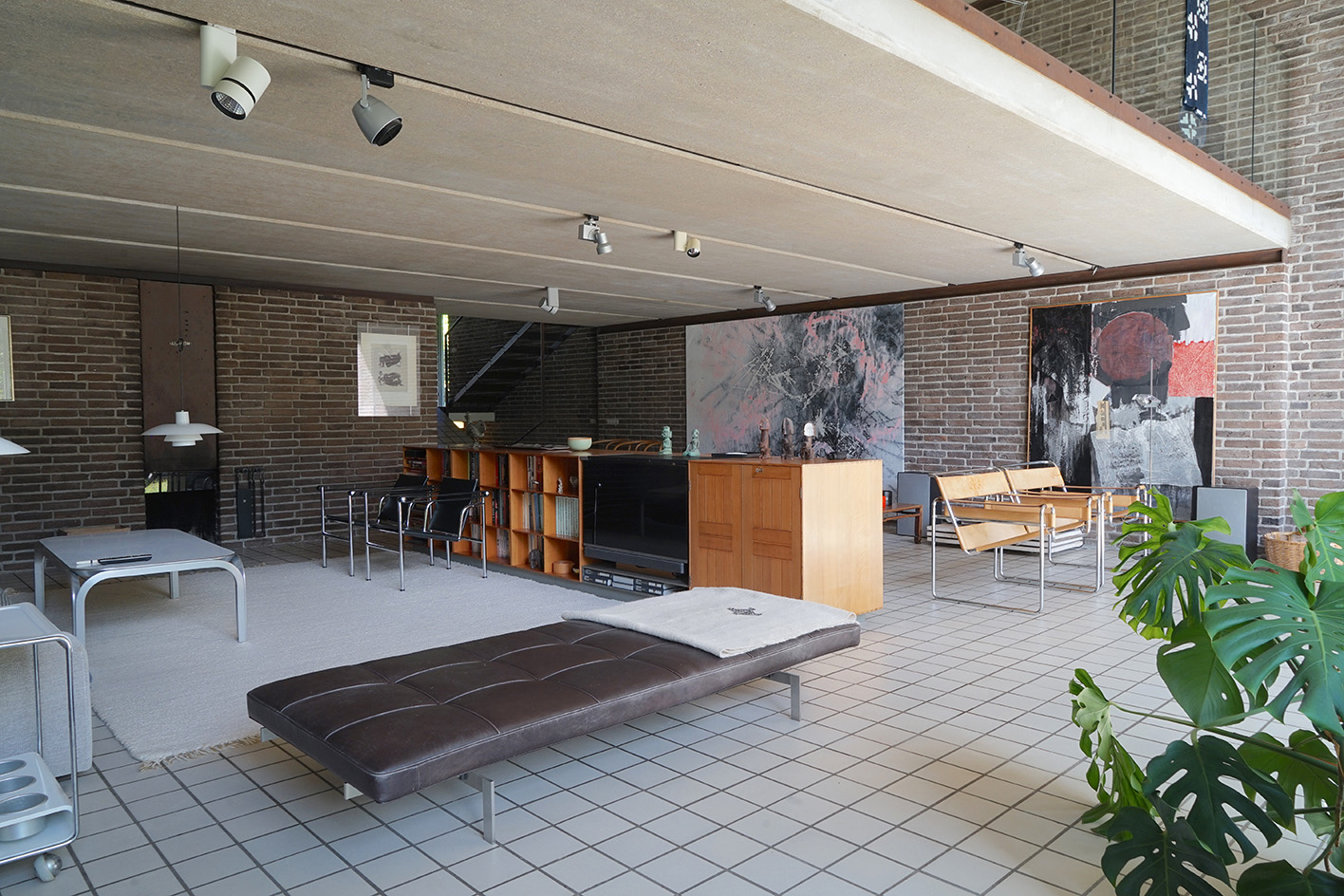 Three lesser-known Danish modernist houses track the country’s 20th-century architecture
Three lesser-known Danish modernist houses track the country’s 20th-century architectureWe visit three Danish modernist houses with writer, curator and architecture historian Adam Štěch, a delve into lower-profile examples of the country’s rich 20th-century legacy
-
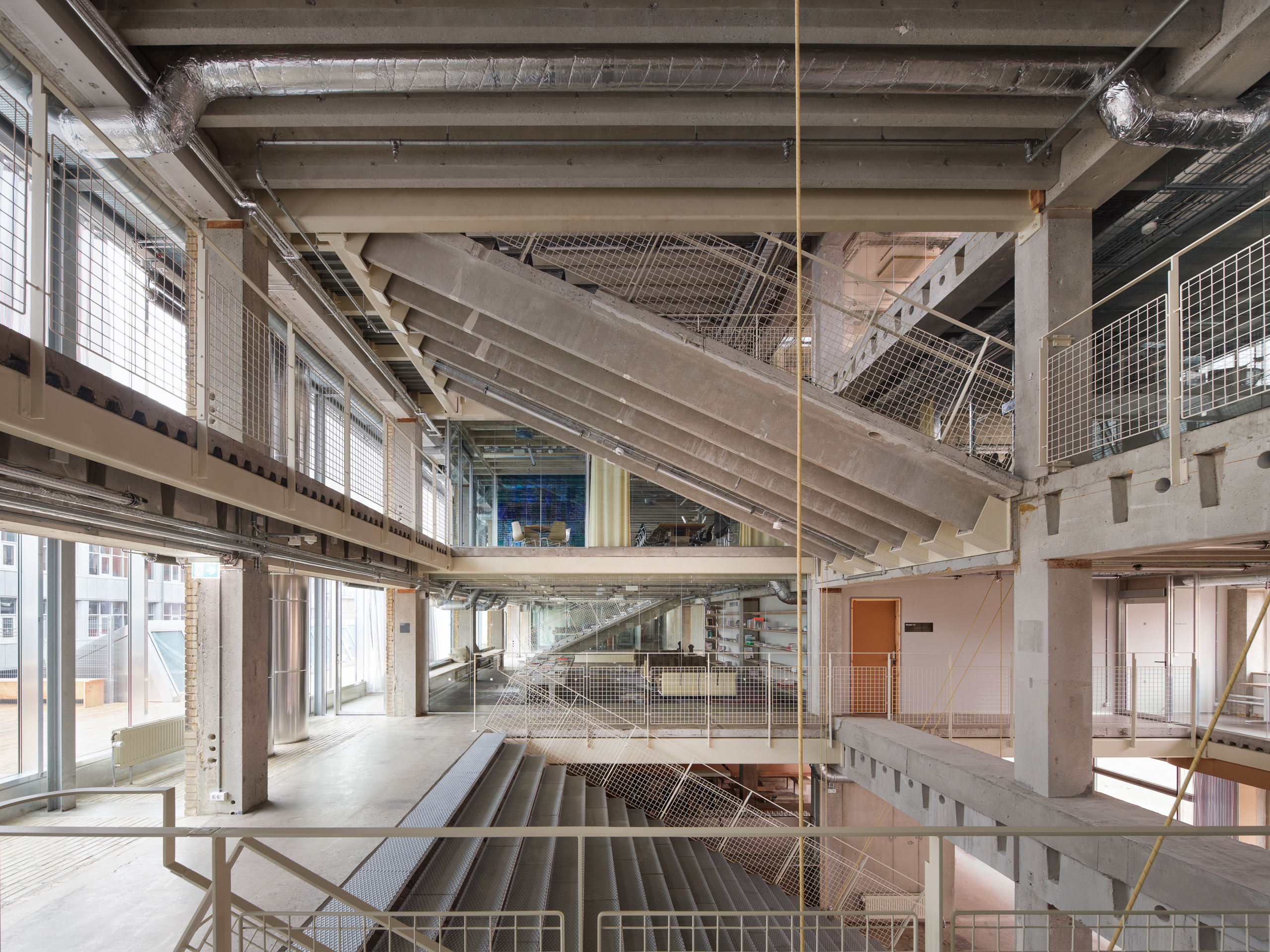 Is slowing down the answer to our ecological challenges? Copenhagen Architecture Biennial 2025 thinks so
Is slowing down the answer to our ecological challenges? Copenhagen Architecture Biennial 2025 thinks soCopenhagen’s inaugural Architecture Biennial, themed 'Slow Down', is open to visitors, discussing the world's ‘Great Acceleration’
-
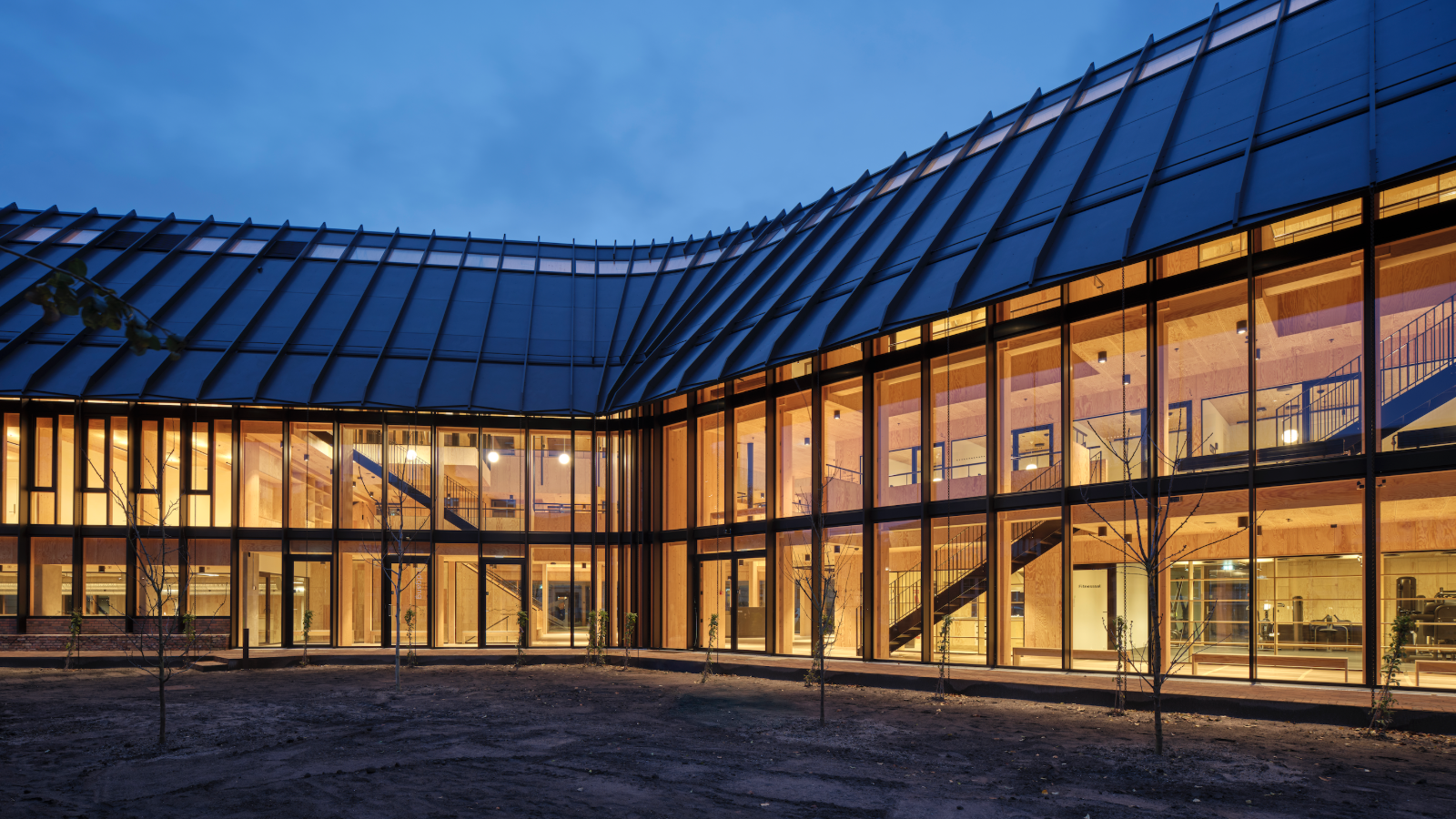 This cathedral-like health centre in Copenhagen aims to boost wellbeing, empowering its users
This cathedral-like health centre in Copenhagen aims to boost wellbeing, empowering its usersDanish studio Dorte Mandrup's new Centre for Health in Copenhagen is a new phase in the evolution of Dem Gamles By, a historic care-focused district
-
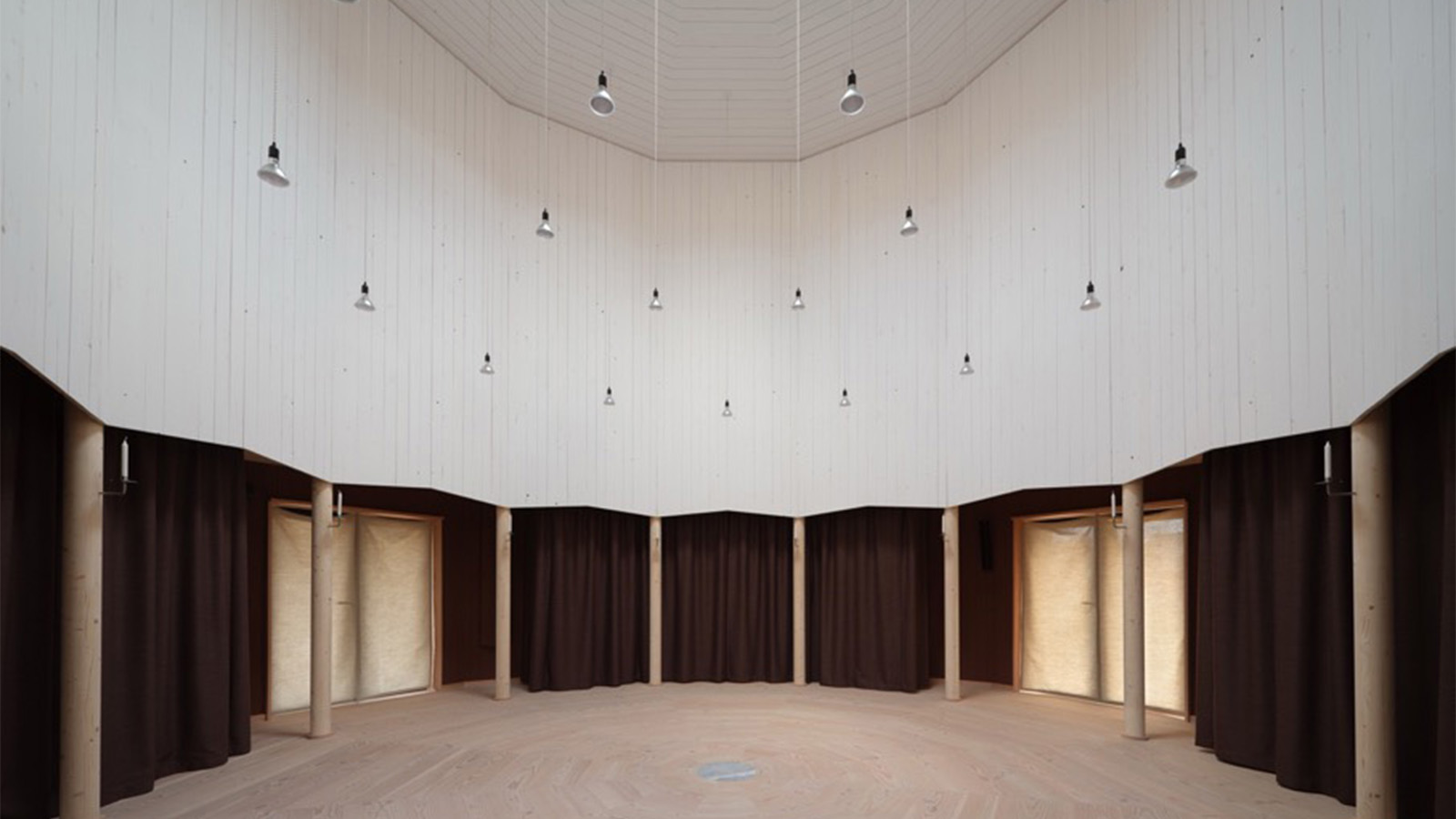 This tiny church in Denmark is a fresh take on sacred space
This tiny church in Denmark is a fresh take on sacred spaceTiny Church Tolvkanten by Julius Nielsen and Dinesen unifies tradition with modernity in its raw and simple design, demonstrating how the church can remain relevant today
-
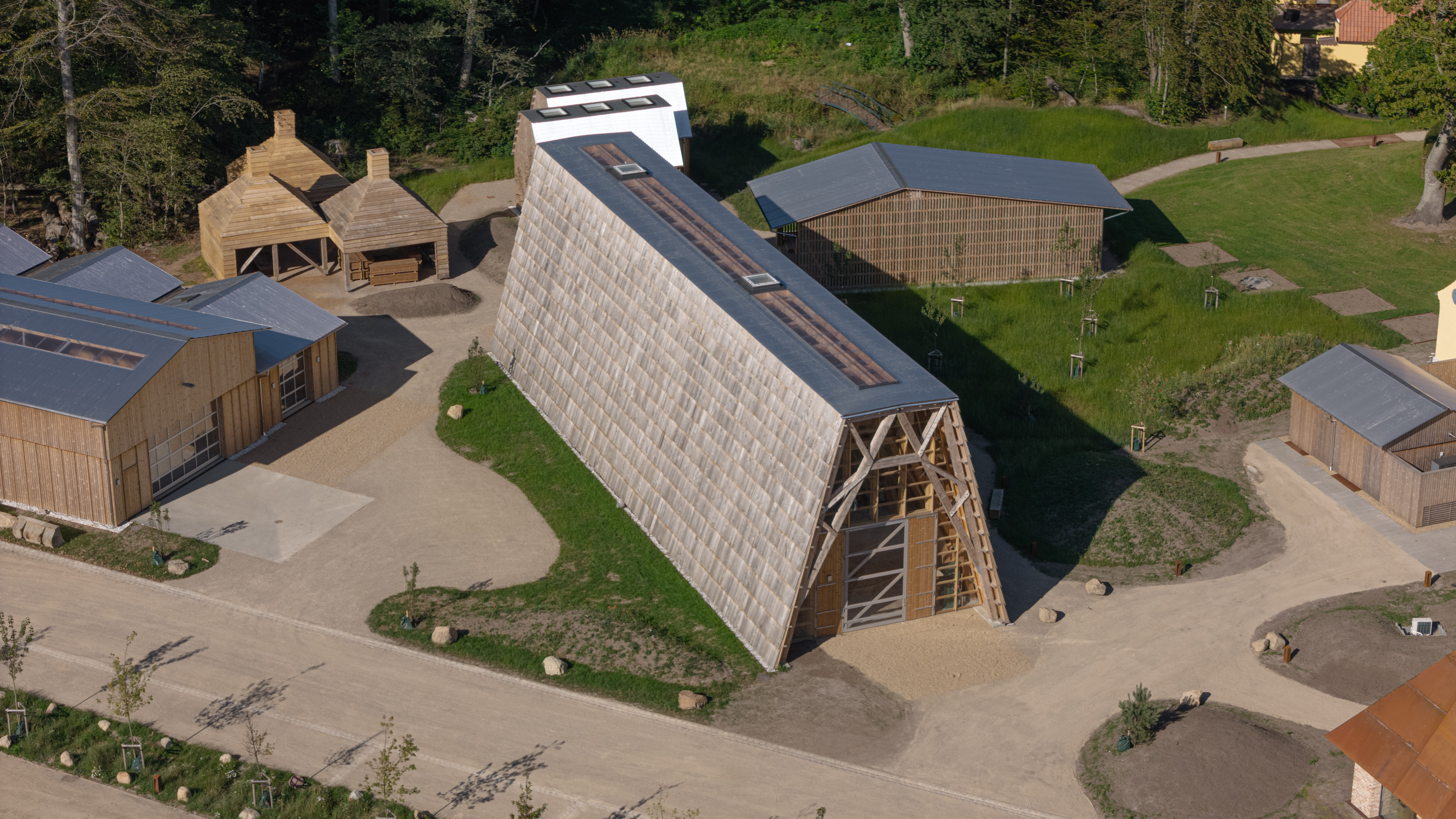 ‘Stone, timber, silence, wind’: welcome to SMK Thy, the National Gallery of Denmark expansion
‘Stone, timber, silence, wind’: welcome to SMK Thy, the National Gallery of Denmark expansionA new branch of SMK, the National Gallery of Denmark, opens in a tiny hamlet in the northern part of Jutland; welcome to architecture studio Reiulf Ramstad's masterful redesign of a neglected complex of agricultural buildings into a world-class – and beautifully local – art hub
-
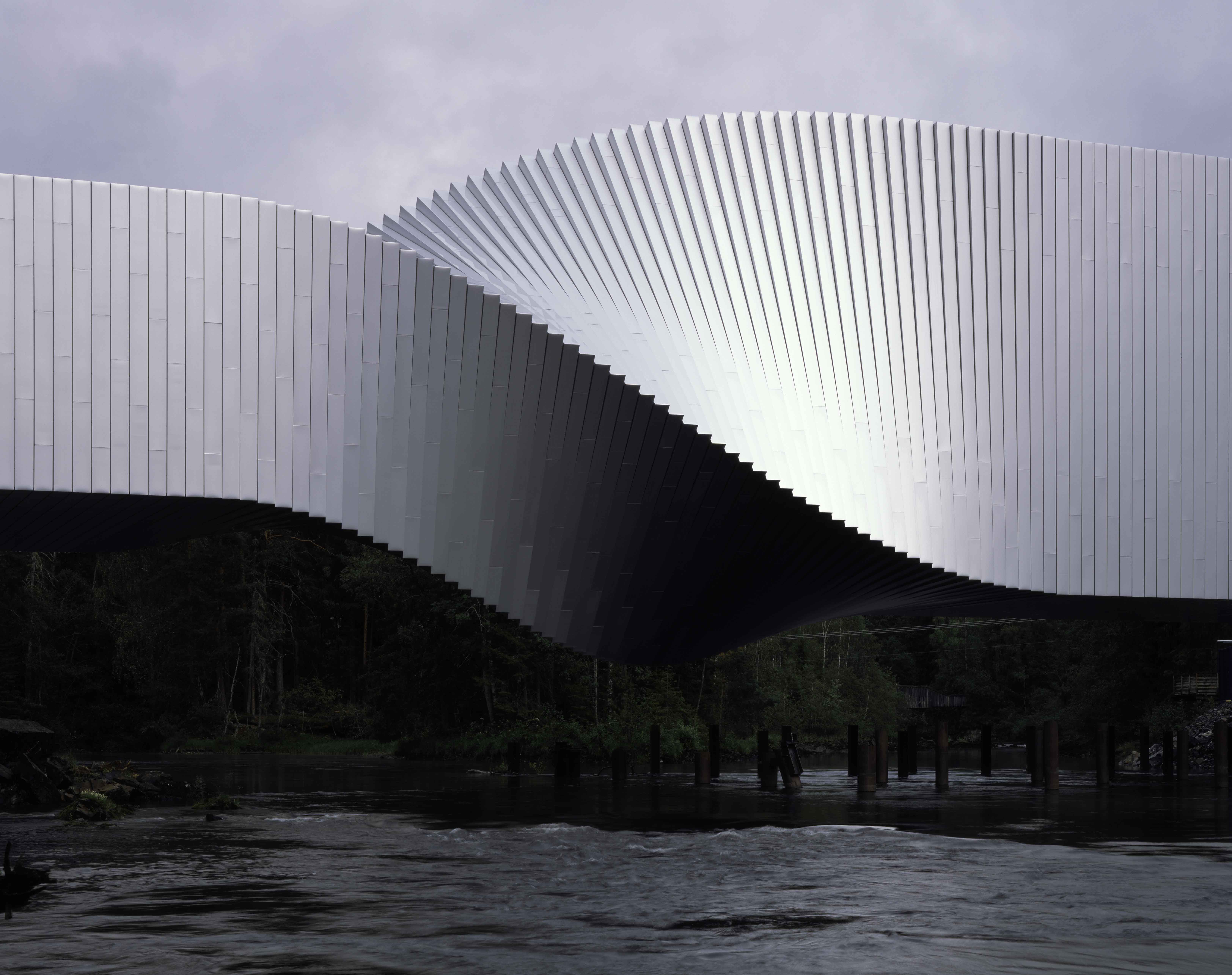 Discover Bjarke Ingels, a modern starchitect of 'pragmatic utopian architecture'
Discover Bjarke Ingels, a modern starchitect of 'pragmatic utopian architecture'Discover the work of Bjarke Ingels, a modern-day icon and 'the embodiment of the second generation of global starchitects' – this is our ultimate guide to his work